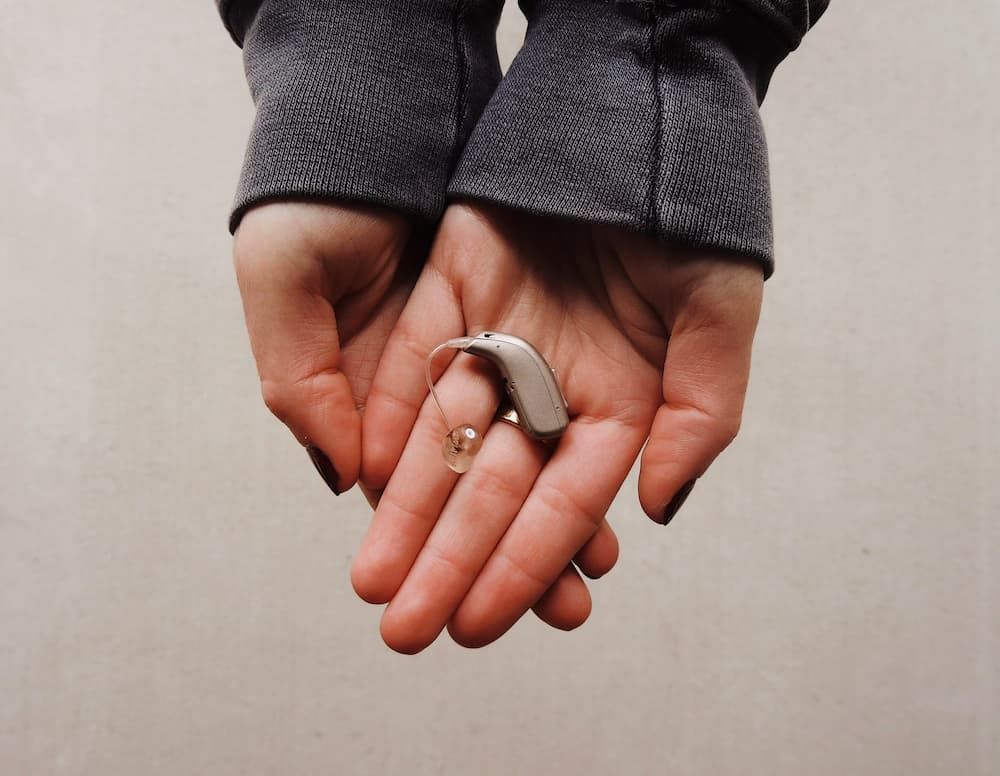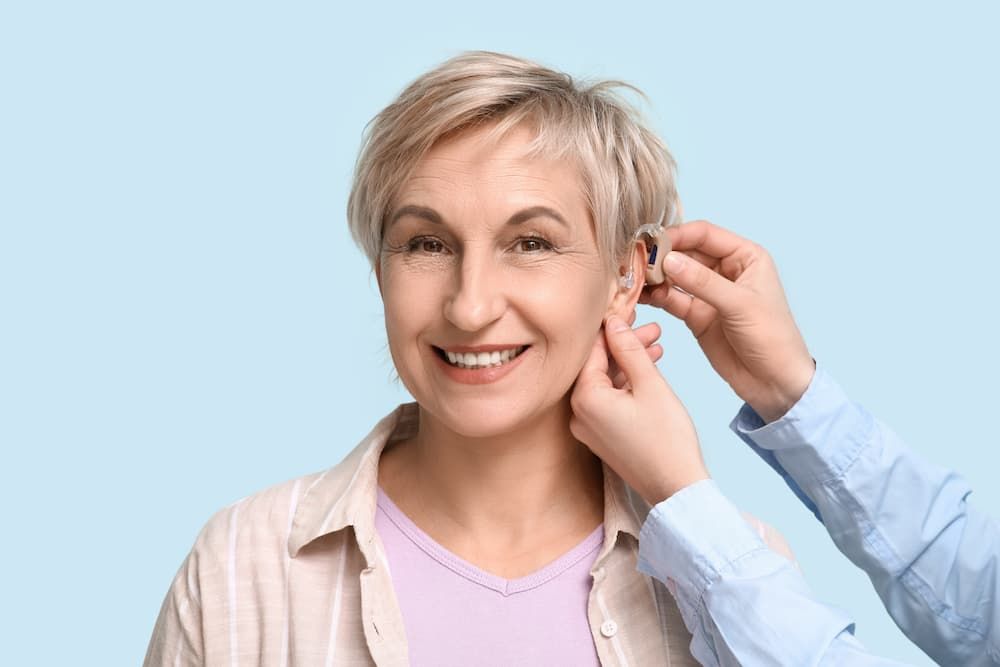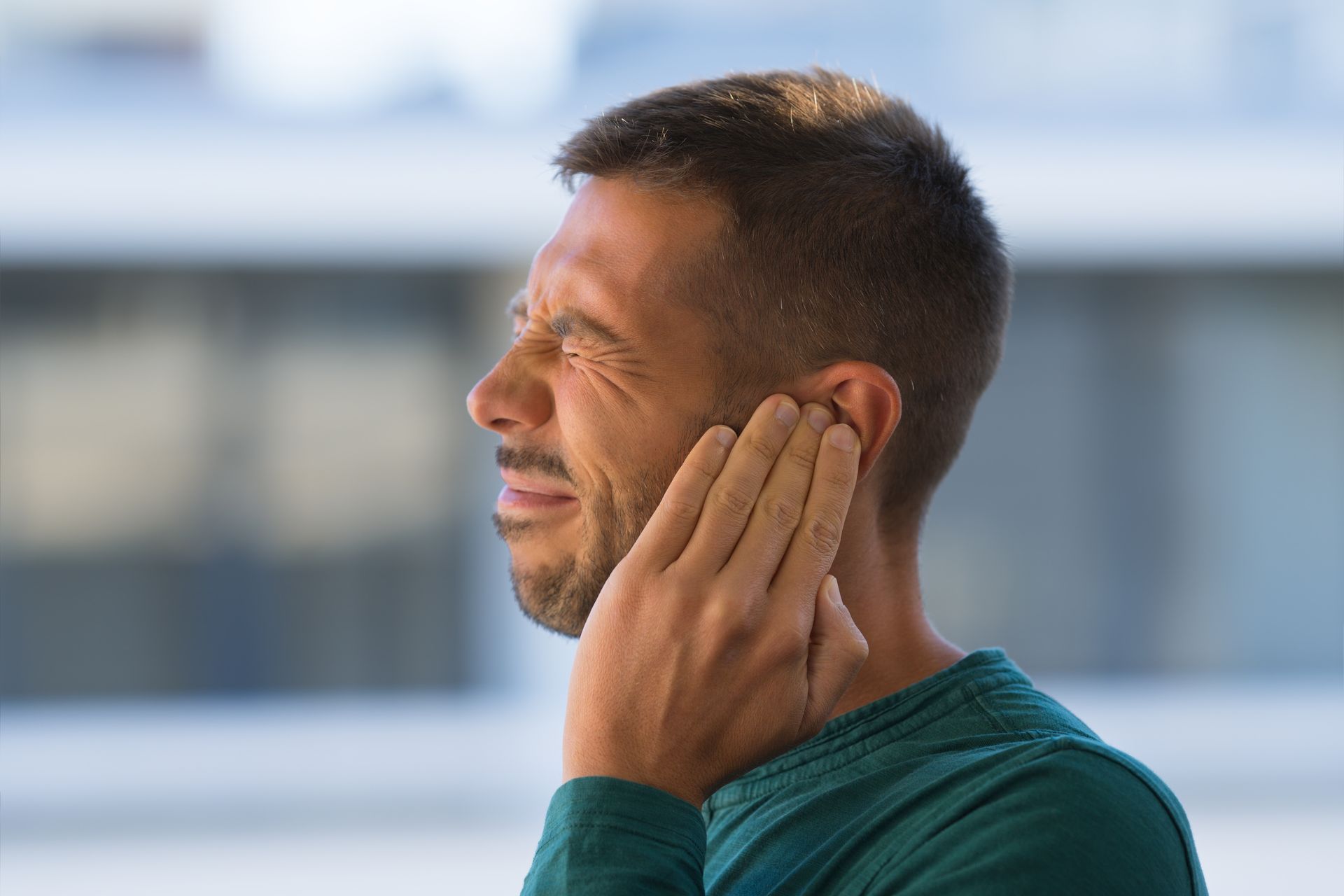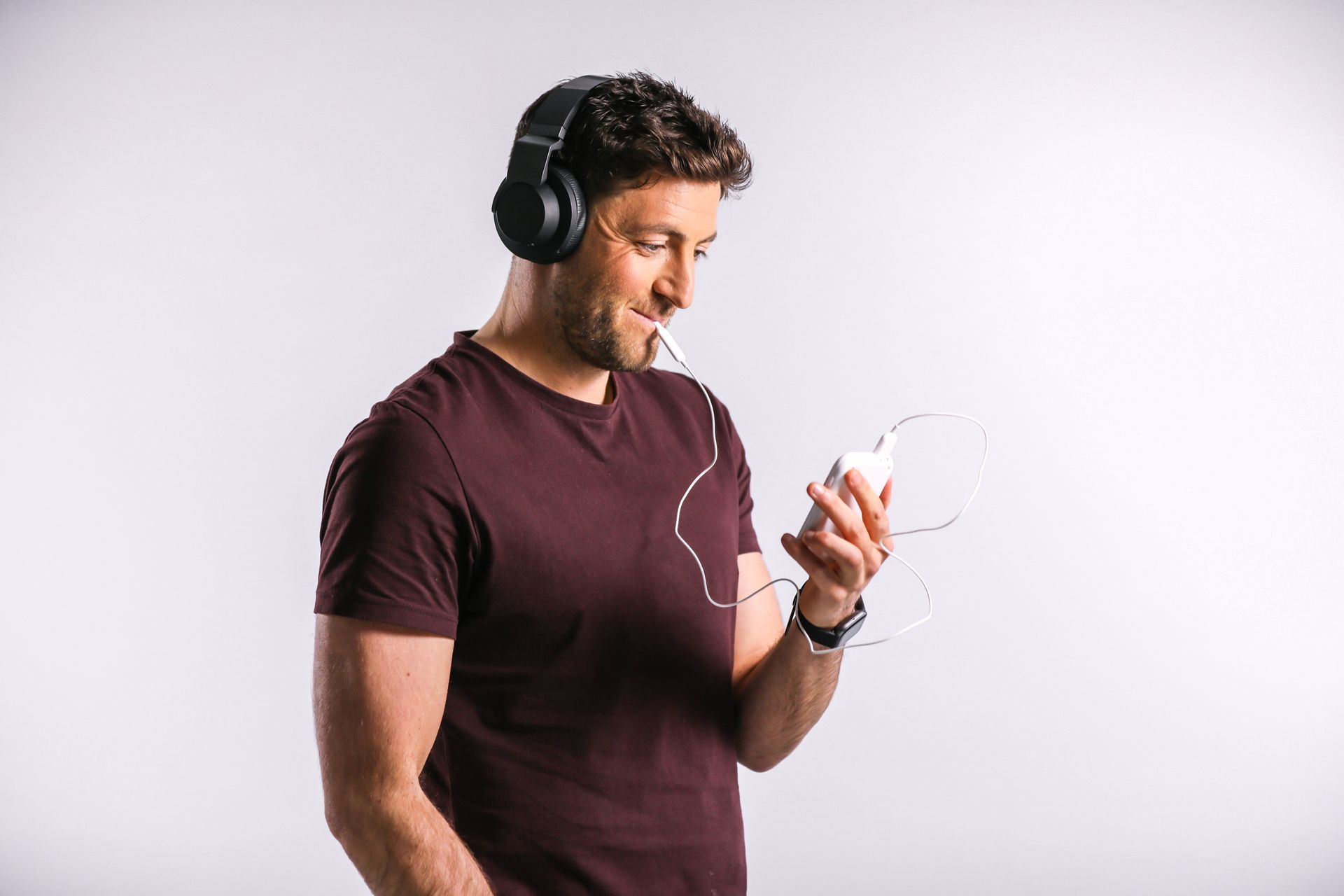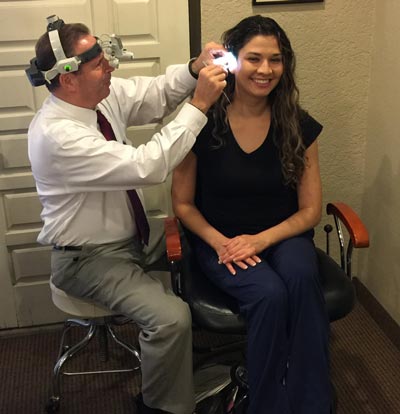Traveling With Hearing Loss and Hearing Aids

Traveling With Hearing Loss and Hearing Aids
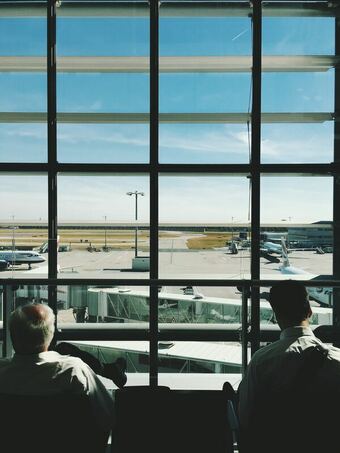 Tinnitus & Hearing Center of Arizona Discusses Air Travel with Hearing Loss
Tinnitus & Hearing Center of Arizona Discusses Air Travel with Hearing Loss
Traveling is fun to do, but those with hearing loss may be facing different struggles then the rest of folks. Just like little kids being sensitive to air travel, those with hearing loss go through somewhat of a similar thing. A Scottsdale audiologist understands that the changes being implemented on these flights and through other air travel are difficult, but with hearing loss, they can seem much more difficult than for those that might have full hearing capabilities. Due to this, it is important that the correct steps are taken to help those with hearing loss also have pleasant flights.
Preparing for the Trip
Before heading out for the trip there are some things you want to keep in mind. You want to visit your hearing healthcare professional first and foremost to have everything looked into. You also want to make sure your hearing aids are charged up and ready to go, well fitted and clean, and spare batteries packed. And don’t forget to bring the cleaning kit with you!
Getting Through Security Check
Make sure to let TSA
know that you’re wearing hearing aids before walking through the metal detector, as you might get flagged for them. You don’t want additional screening done because they didn’t know. If you’re not wearing them on you, then making sure not to put them through the conveyor belt is a good idea, as this can ruin them of course!
Be in the Loop
Flight areas and boarding decks can be loud and chaotic; however, airports have something known as the induction loop system. Hearing aids equipped with telecoils can be connected to this system so that they can hear the announcements much clearer - even over the hustle and bustle of the airport. You just have to have telecoils in your hearing aids and have them switched to that setting to be connected. Does your hearing aid have telecoils? The larger it is, the more likely it does. Smaller, discrete hearing aids tend not to have them.
You may not be able to hear the videos or read captioning on anything that is on the plane, so this is a downfall, but you’re able to bring your own. You also do not have to turn off your hearing aids while on the plane, even when the attendants tell you turn all of your devices off, as they are safe to use now.
Know Your Rights
Always know your rights while traveling. Being hard of hearing is something that many people suffer from and being able to correctly be served is great. Find the right help that is needed and use all of the available options offered through the flight and airport and you should be fine with your travels. Just make sure to know how to reduce that ear pain while on the flight and you’ll be set to fly.
It is always good to speak with your audiologist regarding the trip before you take it. They can give you further information on what can be done to help you ease into the flight and get the most from it. Professional audiologists understand the struggles of air travel for those that have limited hearing. Speak with The Tinnitus and Hearing Center of Arizona today regarding the many things you can do to make this one of the best flights you have ever been on. Connect with a leading audiologist in Scottsdale today.
The information provided in this article is not meant to be medical advice and is for educational purposes only. If you would like to learn more about this and other hearing-related topics, feel free to contact Tinnitus & Hearing Center of Arizona by clicking here or by calling 480-831-6159.
